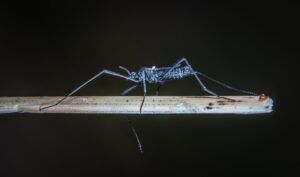Mosquitoes pose significant health risks, but effective control requires understanding their behavior. Traditional chemical methods harm the environment and ecosystems. Sustainable alternatives include natural repellents (citronella, lavender) and biological controls (gamusia fish, Bt bacteria). Urban planning can reduce mosquito habitats through improved drainage and green spaces. Community engagement educates residents on best practices. Advanced technologies enable real-time monitoring and targeted genetic control strategies. Successful global programs, like Singapore's and Florida's IMM, demonstrate the potential for sustainable mosquito control.
Mosquitoes pose a significant health risk, transmitting diseases that affect millions globally. Effective mosquito control demands a multifaceted approach, balancing environmental sustainability with human safety. This article explores safe and innovative strategies for mosquito management, from understanding their behavior to leveraging natural repellents, biological controls, urban planning, community engagement, and cutting-edge technologies. Discover successful case studies and learn how integrated solutions can create mosquito-free environments without harmful chemicals.
Understanding Mosquitoes: Behavior and Breeding Patterns
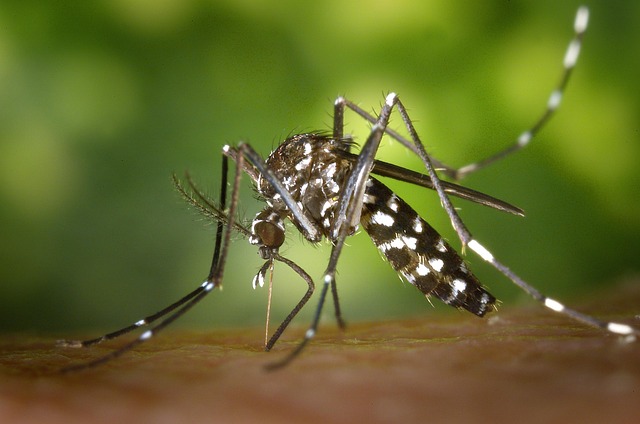
Mosquitoes are intricate creatures with unique behaviors that influence their impact on human health and well-being. Understanding their behavior and breeding patterns is a cornerstone in implementing effective mosquito control strategies. These insects undergo a complex life cycle, starting from eggs laid in standing water to adult mosquitoes that feed on blood and mate. Their preference for certain habitats and host species varies across different species, making some more problematic than others.
Knowledge of mosquito resting places, feeding times, and preferences for warm or cool temperatures is crucial. Many species rest in dense vegetation or sheltered areas during the day and become active at dawn and dusk when they seek blood meals. This knowledge enables targeted treatments and traps, reducing their population and minimizing health risks associated with mosquito bites, such as the transmission of diseases like malaria, dengue, and Zika virus.
Environmental Impact of Traditional Mosquito Control Methods

The traditional methods of mosquito control, such as widespread chemical spraying, often have significant environmental impacts. These chemicals can be harmful to non-target organisms, including beneficial insects, birds, and aquatic life. They can also contaminate soil, water bodies, and even contribute to air pollution. The use of synthetic pesticides has been linked to disruptions in ecosystems, leading to imbalances in biological control mechanisms that naturally regulate insect populations.
Moreover, these chemicals may leave persistent residues, which can pose risks to human health over time. In the pursuit of effective mosquito control, it’s crucial to consider more sustainable alternatives that minimize ecological damage while addressing the issue effectively. This shift towards safer methods is not just environmentally responsible but also ensures the well-being of communities living in areas treated for mosquitoes.
Effective Natural Repellents and Their Applications
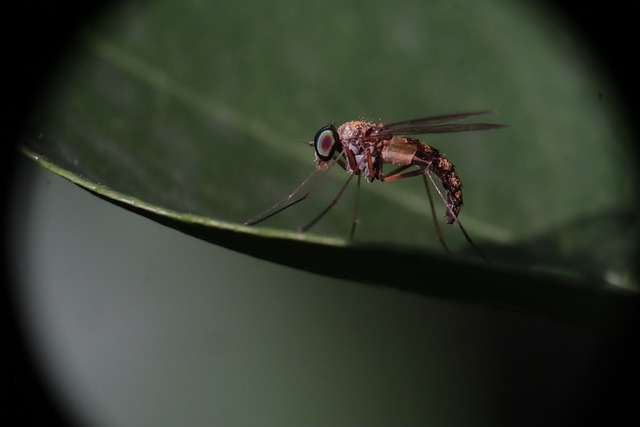
Natural repellents offer a safe and eco-friendly approach to mosquito control, providing an alternative to chemical sprays. Plant-based substances like citronella, lavender, and catnip are well-known for their ability to deter mosquitoes. These essential oils can be used in various forms; diffusers, candles, or topical applications release the aroma, creating a protective barrier against bites. For instance, applying a few drops of citronella oil to exposed skin or using lavender-infused sprays indoors can significantly reduce mosquito presence without harmful side effects.
Gardeners and outdoor enthusiasts can also plant mosquito-repelling plants like marigolds and lemongrass around their spaces. These plants not only add aesthetic value but actively repel mosquitoes due to their unique scents. Additionally, natural repellents are safe for pets and beneficial insects, making them an ideal choice for areas where humans and wildlife interact, promoting a healthier and more balanced ecosystem in the process.
Integrating Biological Controls into Mosquito Management Strategies
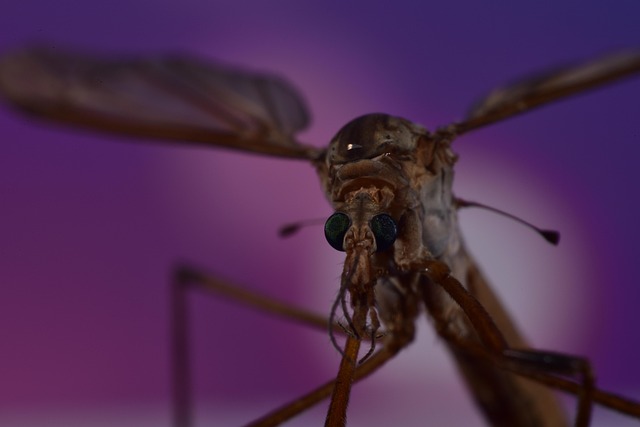
Integrating biological controls into mosquito management strategies offers a sustainable and eco-friendly approach to mosquito control. This involves introducing natural predators, parasites, or pathogens that specifically target mosquitoes. For instance, certain species of fish, such as gambusia, feed on mosquito larvae, while bacteria like Bacillus thuringiensis (Bt) produce proteins that are toxic to mosquitoes when ingested. These biological agents provide an effective and environmentally benign alternative to chemical pesticides, reducing potential risks to non-target organisms and human health.
By combining biological controls with other integrated pest management techniques, such as habitat manipulation and mechanical removal of breeding sites, it’s possible to achieve robust mosquito control. This holistic approach ensures that mosquitoes are managed in a way that minimizes the impact on ecosystems and maximizes public health benefits, making it an essential strategy for sustainable mosquito control practices.
Urban Planning for Mosquito Prevention: Design Considerations
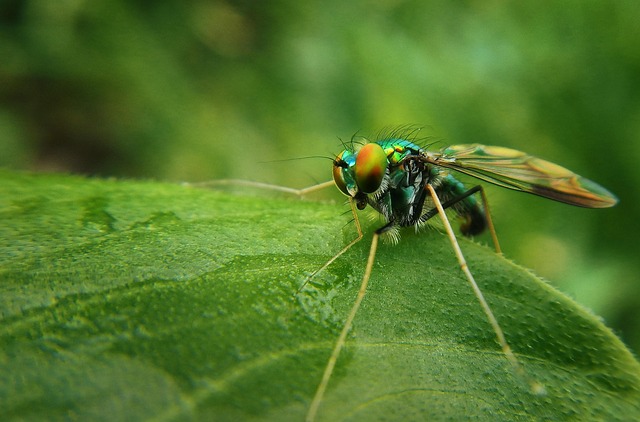
In urban planning, designing mosquito-friendly environments is a proactive approach to mosquito control. This involves considering water management strategies, as stagnant water is a breeding ground for mosquitoes. Well-designed drainage systems and regular emptying of potential water collectors like flower pots or old tyres can significantly reduce mosquito habitats. Green spaces and parks with well-managed vegetation not only enhance the aesthetic appeal of cities but also provide natural mosquito control through plant scents and biodiversity.
Furthermore, urban planners can incorporate physical barriers and natural predators to manage mosquito populations. This includes installing screens on windows and doors, using mosquito-repelling plants in public spaces, and promoting the use of bats and birds, which naturally feed on mosquitoes, by creating suitable habitats like bat boxes or birdhouses. Such integrated planning approaches contribute to effective mosquito control while fostering sustainable urban environments.
Community Engagement and Education for Safe Mosquito Control
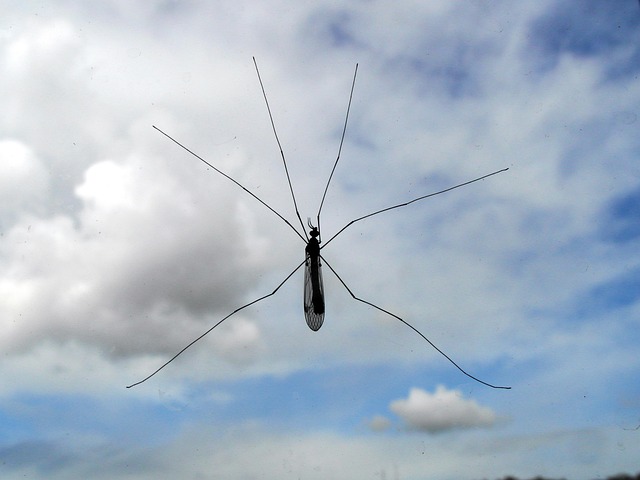
Community engagement is a vital component in effective mosquito control programs. Educating residents about the habits and breeding grounds of mosquitoes can empower them to take proactive measures. Simple actions like eliminating standing water, maintaining proper drainage, and using insect repellents can significantly reduce mosquito populations. By fostering a culture of awareness and collaboration, communities can work together to create an environment less conducive to these pests.
Engaging with local schools, community centers, and neighborhood associations is key. Workshops, informational sessions, and community clean-up events can help dispel myths, correct misconceptions, and promote best practices in mosquito control. This collaborative approach not only enhances the effectiveness of control efforts but also builds a stronger, more resilient community in the face of mosquito-borne diseases.
Emerging Technologies in Mosquito Monitoring and Control

The field of mosquito control is continually evolving, with emerging technologies playing a pivotal role in enhancing monitoring and management strategies. One notable innovation is the use of remote sensing and satellite imagery to track mosquito populations and habitats. This technology allows for real-time data on water bodies, vegetation density, and environmental conditions, which are key factors influencing mosquito breeding. By analyzing these data, health authorities can predict mosquito activity levels and take proactive measures in high-risk areas.
Additionally, genetic tools and molecular techniques have revolutionized the way mosquitoes are monitored and controlled. Scientists can now identify specific genes related to disease transmission, enabling them to develop targeted control strategies. For instance, gene editing technologies like CRISPR offer a precise method for introducing genetic mutations that hinder mosquito reproduction or diminish their ability to transmit diseases. These advanced methods not only improve the effectiveness of mosquito control programs but also contribute to our understanding of these insects’ biology and behavior.
Case Studies: Successful Safe Mosquito Control Implementaion
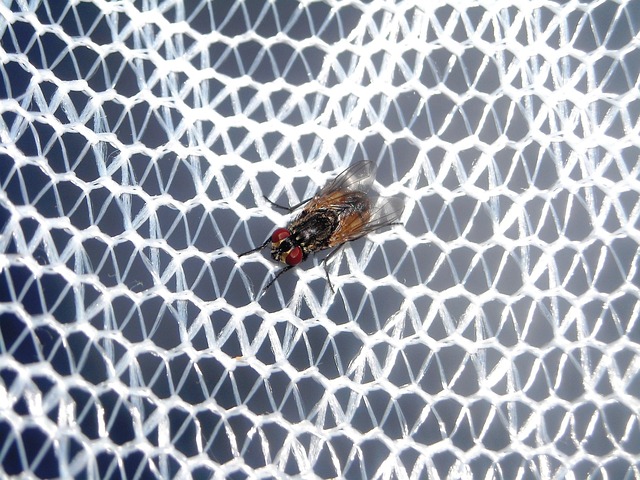
In recent years, several communities have successfully implemented safe and effective mosquito control programs, leading to significant reductions in mosquito-borne disease transmission. One notable example is the island nation of Singapore, which has harnessed a multi-pronged approach involving genetic control methods, habitat manipulation, and community engagement. By introducing genetically modified mosquitoes that breed only male offspring (unable to transmit diseases), they’ve significantly curbed dengue fever outbreaks. This strategy, coupled with regular removal of standing water sources where mosquitoes breed, has made Singapore a model for other urban areas facing similar challenges.
Another successful case study comes from Florida, USA, where integrated mosquito management (IMM) programs have been implemented in several counties. IMM combines various tactics such as biological control (introducing natural predators), chemical control (targeted spraying), and environmental modification (draining breeding sites). These collaborative efforts have not only reduced mosquito populations but also minimized the ecological impact of traditional pest control methods, demonstrating a balanced approach to mosquito control that is both effective and sustainable.
